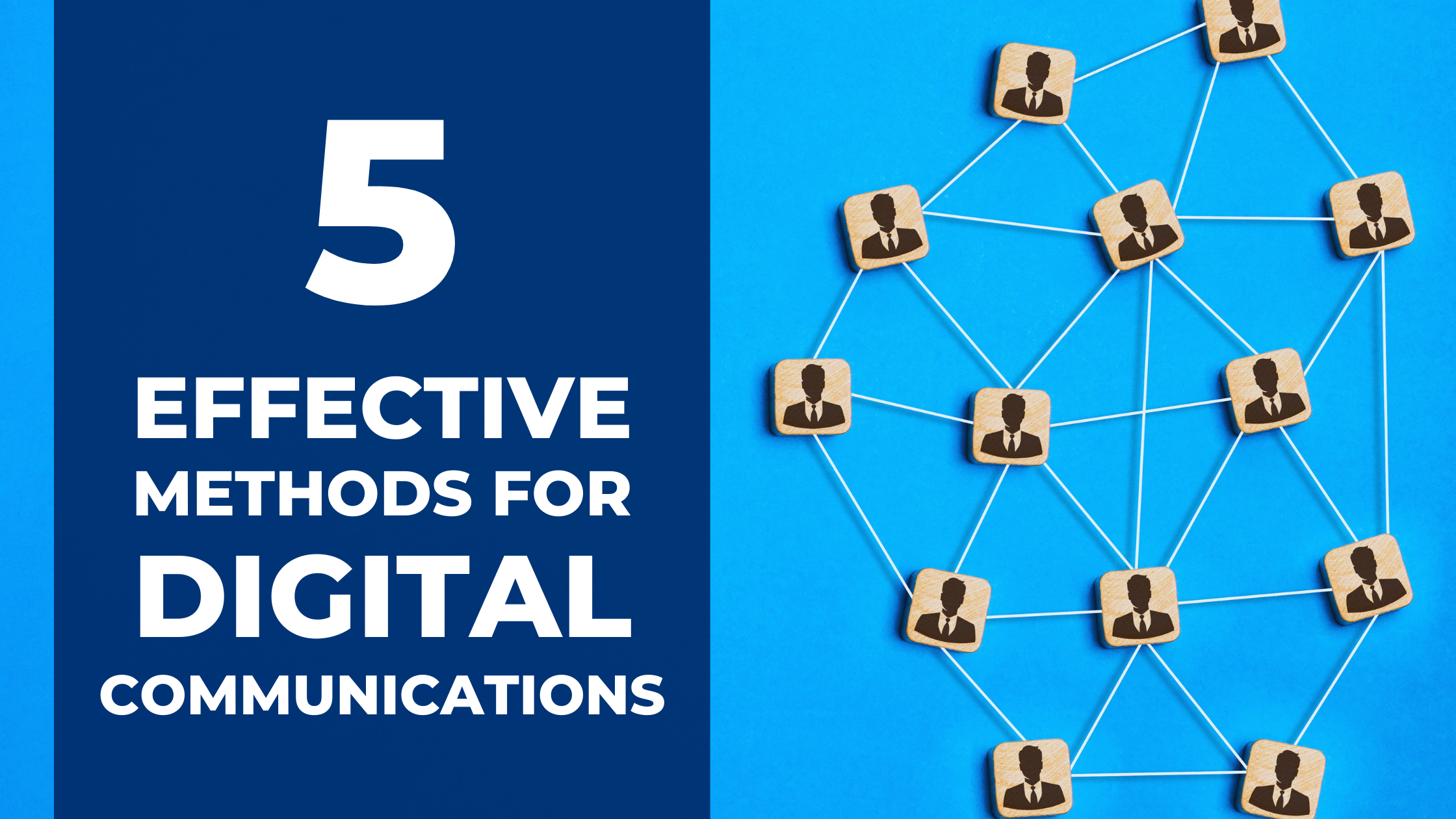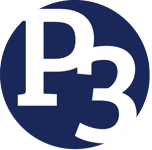
20 Apr Five Effective Methods for Digital Communication
As technology has taken over the world, more and more digital methods have been created to help get information out faster and easier. Some of these methods allow for public engagement in a fun and creative way. Here at Public Participation Partners (P3), we have several different digital communication methods that we use and would consider effective. To make it easier, we are going to narrow that list to five of our go-to methods. Check them out and let us know which one is your favorite!
Story Maps
Story maps are a fun and innovative form of digital communication. A story map is a stand-alone, interactive, linear web map that utilizes maps, legends, text, photos, and videos to convey project information. It can be used both as a way to provide information and also as a way to educate your audience on your project.
Story maps can make a connection between locations, people, and events. An example of this would be creating an interactive map with icons for places where significant historical events happened. When participants click on the icon, details about the event pop-up for them to learn more.
Another benefit of story maps is that they can easily be updated with the progress of a project by using photos and videos when changes are made. For example, if you are implementing road maintenance in a certain area, you can document the progress and showcase it to stakeholders.
Several websites, like ArcGIS Story Maps, can help with the creation of a story map. ArcGIS’s user-friendly platform makes it easier for a first-time creator to navigate story map creation.
Blogs
Another effective method of digital communication is blog posts. Blogs are informal articles that are compiled and updated on a singular website. They are effective because they allow the audience to learn more details about different projects and topics at their leisure. Blogs can also be an effective way to generate more traffic to a company website or even a social media page.
A big part of bringing people to your blog is having a simple but searchable title for your post. Here are a few things to remember about the title that will make it easier to find:
- The title should first be short and to the point.
- The title should feature key words or phrases that sum up what your post covers.
- The key words or phrases used for the title should be words that are commonly used by the audience the blog is written for.
Another rule of blog creation is to know the audience you are talking to and create your content accordingly. If your blog is geared towards a more casual audience, the language can be a lot more informal compared to professional audiences. Make sure the information given in the blog is helpful and easy to follow and understand.
Newsletters
Newsletters are a collection of articles or small blurbs that go into detail about specific project information and are sent either by mail or email directly to stakeholders. They are effective because they directly reach a subscribed group of people. Newsletters can be sent out monthly, periodically, or whenever there’s updates to your project.
Keep these tips in mind to help increase your newsletter engagement and readership:
- Start with a powerful subject line. Make it something that will stand out and draw the attention of the reader.
- Find ways to make the newsletter fresh and eye-catching with unique designs or even unique colors.
- Provide links to important websites, videos with project updates, or documents for further details on your project.
- List contact information in case anyone has any questions.
There are plenty of websites and apps that can help format, organize, and distribute newsletters. However, you’ll need to build your own database of subscribed readers. We recommend collecting email addresses whenever you outreach to the public – whether through a sign-in sheet at a meeting or in an online survey.
Social Media Posts
Social media is a big part of the world we live in. There are billions of people around the world who log onto the plethora of social media sites every single day. With conversations ranging from pro wrestling to public engagement, there are many different audiences with many different interests. That is why it is one of the most effective ways to communicate: you’re able to reach a large audience where they’re already looking for information.
There are several different ways to make social media posts stand out above the rest. One way is by using images, gifs, videos, graphics, etc. These can be useful tools in bringing more attention to the posts. Check out some of our other tips for effective social media in your public engagement.
Emails
Emails are a staple of digital communication whether in professional or personal settings. They are effective for direct communication with stakeholders and are simple and easy ways to distribute text information.
Direct emails are one of the best ways to reach community organizations, religious institutions, businesses, and more. We routinely send out personalized messages to these groups to ask for their help in distributing project materials and event notifications. By adding that personal touch, you’re much more likely to get a response to your message.
However, another very effective method is mass email communication. We like to use an online marketing platform that allows us to send HTML email blasts to our stakeholders and project subscribers. By using this type of platform, you can gather metrics on how many people opened your email, how many people clicked on your link, etc. If the same people aren’t opening your messages every time, you can pivot your approach to another form of communication that might work better for them.
Digital communications are a critical part of effective public engagement. Every individual receives and processes information differently, so it’s important to try to reach people in multiple different ways. These five methods have been some of our “go-to”s that have allowed us to inform and involve the public in projects in their communities.
For more information on how P3 can help you with your communications, please check out our communications services page.
About the Author: Broderick Pulliam has been contributing to Public Participation Partners as a Communications and Engagement Specialist since January 2022. Outside of work, Broderick enjoys podcasting, watching sports, and playing with his dog, Vinny.


Sorry, the comment form is closed at this time.